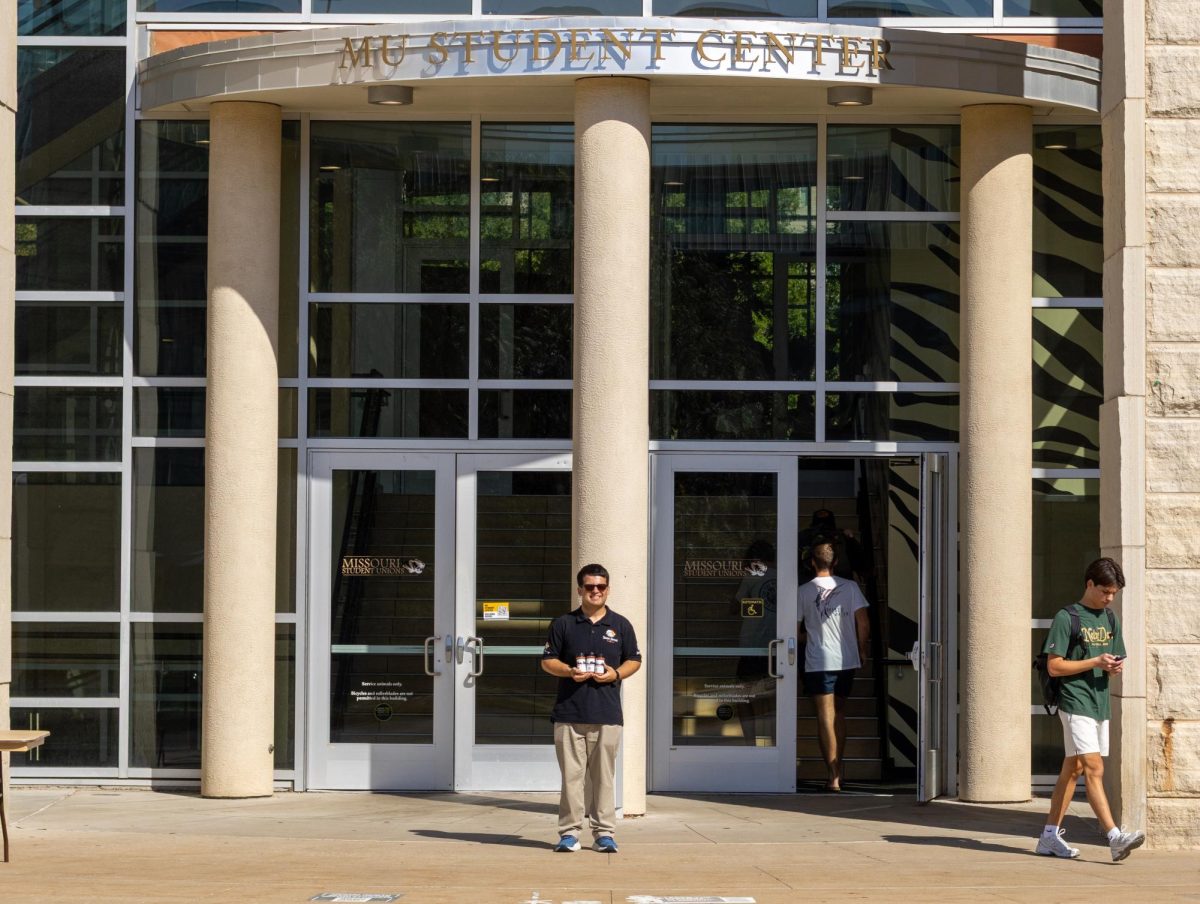An ancient species of crocodile has been discovered by one MU researcher after finding and analyzing a partial skull found in the Royal Ontario Museum collection.
“Shieldcroc” took about six years to fully understand before MU researcher Casey Holliday and undergraduate research assistant Nick Gardner could publish their findings. The two began collaborating in 2008 at Marshall University. At the time, Shieldcroc was just a side project, Gardner said.
“(Holliday’s) work actually was focused much more in general with reptiles,” Gardner said. “We started on living lizards.”
Holliday said he has always loved working on reptiles, especially crocodiles.
“I just have a penchant for crocs,” he said.
Once the two finally got started on Shieldcroc, they hit the ground running. Holliday said they knew Shieldcroc was from the northern region of Africa, possibly near Egypt and Niger. He said the specimen is about 95 million years old, placing it in the Cretaceous period.
“We are now certain that they are the first eusuchians to be found on the continent of Africa,” Holliday said.
A CAT scan of the partial skull can tell researchers the brain size of the specimen. From this, they were able to estimate a size for the rest of the creature.
“We got two different measurements,” Holliday said. “We dialed it down some.”
The crocodile is said to have had a five-foot-long head and anywhere from a 20- to 30-foot body. The largest modern crocodile is a 21-foot saltwater crocodile found in the Philippines. In the Cretaceous period there were many crocodiles in addition to Shieldcroc. Holliday and Gardner said they know this specimen is very closely related to “pancake crocs” which have long, thin jaws and chins.
What makes Shieldcroc unique is the “eye spot” between the specimen’s orbits, or eye sockets. The researchers noticed this from blood vessel evidence and a thick patch in the center of the skull. From what they can guess, there would have been a kind of knob used for display or intimidation.
Ken MacLeod, a professor in the geology department who specializes in paleontology, agreed and said skeletal specimens that reveal seemingly pointless features are often interpreted as mating displays.
“Why else would someone cut their hair like that?” he said.
MacLeod said the time when Shieldcroc is estimated to have lived was also a time of “gigantism” including crocodiles, dinosaurs and even clams.
“This is right when the Cretaceous greenhouse is really cranking up to peak temperature,” MacLeod said. “I’m more likely to ask the question, ‘This is a time we were under extreme greenhouse climate — what might we expect in a warming world?'”
Holliday said that today, all crocodilians live in areas with water. such as estuaries, marshes and swamps. He said the animals don’t ever go above the frost line, but that line could be moving northward.
“Climate was changing back then,” Holliday said. “There were changes in the diversity. Will there be a crash in certain types of animals like frogs?”
Together, Holliday and Gardner wrote and published all of their findings in the Public Library of Science’s journal, PLoS ONE. Gardner said this project was especially fulfilling.
“I would definitely want to chase down a project like this again,” Gardner said. “It’s had a lot of these little spider legs. How it wrapped back around was really great.”







